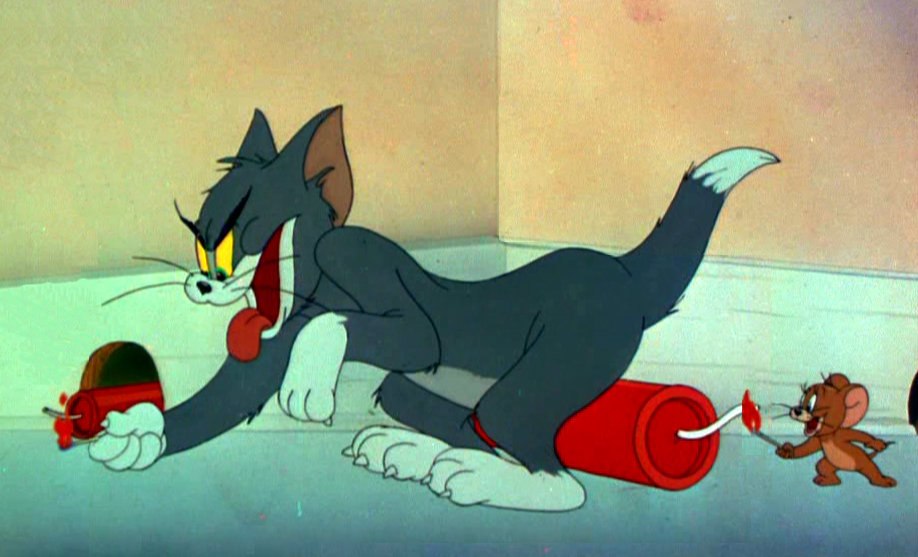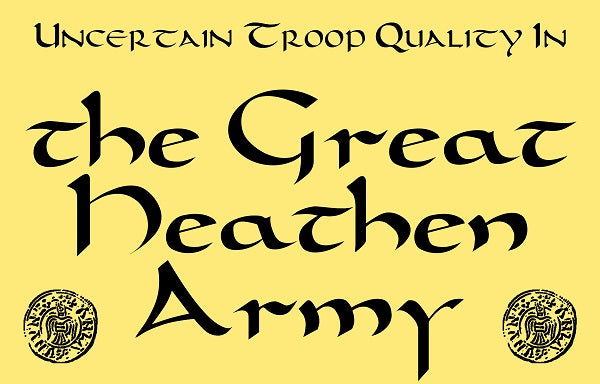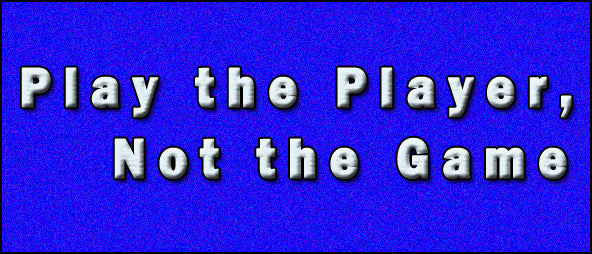Hollandazed: Thoughts, Ideas, and Miscellany
CAT / MOUSE (by Tom Russell)

One of the things I really enjoy about John Theissen's operational ACW games (More Aggressive Attitudes, Objective Shreveport!, and Hood's Last Gamble, for those keeping score) is how difficult it can be to have a proper battle. Whenever you declare combat, your opponent usually has the option of attempting to Retreat Before Combat (RBC), with a 66% chance of success (sometimes more). With a successful roll, the enemy stack slips through your fingers. And, when the shoe is on the other foot, you slip through theirs. Both sides generally want to do battle with the enemy, because winning battles decisively...
LOOPS (by Tom Russell)

One of my favorite tools to use in a game design is the feedback loop. While it's something that's featured in several of my designs, Blood in the Fog is probably the one that illustrates it best. The Russian Player has certain advantages while the dense fog neuters the range of the powerful enemy rifles. This fog remains in place until a Fog Chit is drawn from the Russian cup, at which point it starts to gradually lift. Every time the Fog Chit is drawn, the number of Activations per turn - the number of chits drawn - increases, which...
UNCERTAIN TROOP QUALITY IN GREAT HEATHEN ARMY (by Tom Russell)

Our standard 5/8" countersheet has room for 176 little squares, and when I'm cobbling together my counter manifest for a game, I generally contrive to get as near to that number as I can without going over (unless the game is going to use a half-sheet, in which case the magic number is 88). Such was the case when I was putting together Battles on the Ice, the third game in our Shields & Swords II series. I began with a rough idea of the types of units each side would have, in what proportion, and the total number of...
FLOPS (by Tom Russell)

In the days before Hollandspiele, I pitched a lot of publishers on a lot of games, and got a lot of rejections. I didn't really take any single one of them personally, though cumulatively, taken together, it did start to grind me down a little. The rejections that irked me the most were the ones that took the form of, "This is great, I had a lot of fun, but there's no way I could ever sell enough of these to justify printing it. If you ever get it published, I'll buy a copy, but if I publish it I'm...
PLAY THE PLAYER, NOT THE GAME (by Tom Russell)

Solo games aside, gaming is primarily a social activity, and one of the joys of this particular vocation is that my job is to create a framework and a structure in which people can enjoy one another's company. That doesn't mean that that framework has to be frivolous or casual; not every game is a cocktail party. Many games seek to provide serious, competitive experiences that reward skill and punish bad play, and so I'd expect someone playing one of those games to approach it on those terms, attempting to play to the best of their ability. That sort of...
